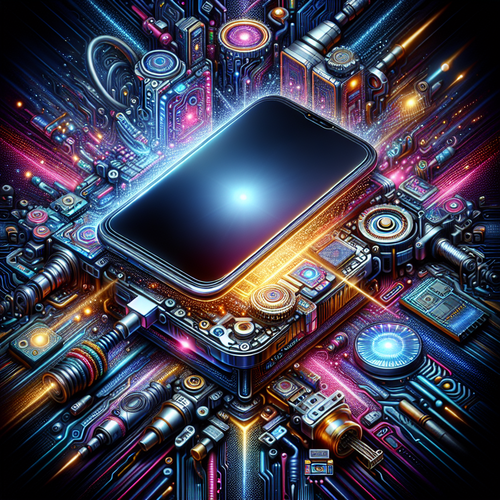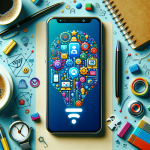
Self-Healing Phone Screens Explained
Self-Healing Phone Screens Explained
Introduction: In the ever-evolving world of smartphone technology, one of the most exciting advancements is the development of self-healing phone screens. In this tutorial, we’ll explore what self-healing screens are, how they work, their advantages, and some of the challenges facing this technology.
What Are Self-Healing Phone Screens?
Self-healing phone screens are a revolutionary development in the field of device technology. These screens are designed to recover from scratches and minor damage automatically, aiming to enhance the durability and lifespan of smartphones.
How Do They Work?
At the core of self-healing technology are advanced materials such as polymers with healing properties. When a screen suffers a minor scratch or dent, the heat or pressure applied can trigger a chemical reaction that causes the material to flow back into its original shape.
- Polymer Science: Scientists have created special polymers that can reform themselves under specific conditions, effectively ‘healing’ minor imperfections.
- Healing Mechanism: When a scratch occurs, the edges of the scratch can be made to rejoin by heat or pressure, which encourages polymer chains to link up and restore the surface.
- Temperature Sensitivity: Some self-healing materials are designed to react to body heat or sunlight, making them particularly effective in everyday environments.
Advantages of Self-Healing Phone Screens
Integrating self-healing technology into smartphone screens offers numerous benefits:
- Increased Longevity: The ability to heal from scratches can lead to a longer lifespan for the device, as users can avoid needing repairs for minor damages.
- Cost Savings: With less need for replacement parts, both manufacturers and consumers can save money on repairs and replacements.
- Aesthetics: Users benefit from maintaining the physical appearance of their devices, ensuring they look as good as new longer.
Challenges and Limitations
While self-healing phone screens present exciting possibilities, there are also several challenges to overcome:
- Cost of Advanced Materials: Currently, the materials used for self-healing screens can be expensive, potentially raising the price of smartphones that incorporate this technology.
- Durability Limits: Self-healing materials typically only repair minor scratches. Major impacts or deep cracks may still require traditional repair methods.
- Consumer Awareness: Many consumers are unaware of self-healing technology and may not know to take advantage of its benefits.
Conclusion
Self-healing phone screens represent a substantial leap in smartphone technology, offering solutions to some common issues faced by users today. While still emerging, the ongoing research and implementation of this technology promise a future where our devices can sustain themselves, leading to fewer repairs and longer-lasting smartphones.
For those interested in maintaining the longevity of their devices, staying informed on technologies like this can provide invaluable insights to make the best choices for their phone usage and care.
Explore more about advancements in smartphone technology in our post on Foldable Phones in 2025.














